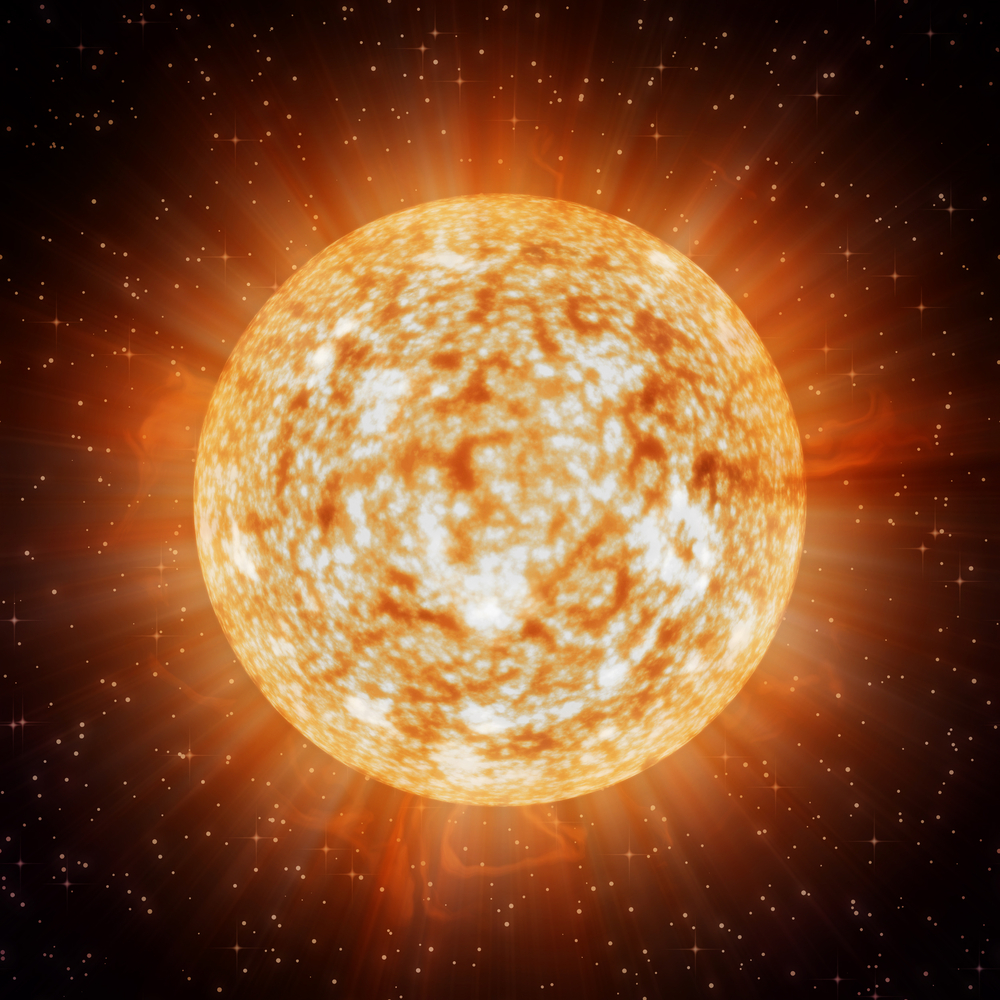Aon has listed five earthquake hotspots around the world, following the launch of its report, “When the Earth Moves: Mega-Earthquakes to Come?” Aon lists the five hotspots as:
Caribbean (Lesser Antilles) – The 2cm a year rate of plate convergence is enough to produce a mega-earthquake of Mw 9.0 once every 3000 years. A major loss in the Caribbean would quickly use up available reinsurance capacity.
buy stromectol online abucm.org/assets/jpg/stromectol.html no prescription pharmacyChile – As the only segment of the Chile-Peru Subduction Zone not to have ruptured within the last 100 years, the north Chile segment is now considered to be a region at high risk from an earthquake similar in size to the 2010 event. Following this year’s earthquake in Maule, reinsurance programs are now renewing with increases of 75% or more.
Indonesia (Sumatra) – Padang is now regarded as being at high risk from a mega-earthquake comparable to that which occurred in 1797, with a magnitude of 8.5 or more. A mega-earthquake would undoubtedly increase the price of reinsurance following a sizeable insured loss.
buy rotacaps online abucm.org/assets/jpg/rotacaps.html no prescription pharmacyJapan – The South Japan Subduction Zone (Nankai Trough) has a complex pattern of three segments. The largest earthquakes rupturing along the whole subduction zone may have magnitudes up to 8.6. A mega-earthquake in this region would most likely be a market-moving event.
North America (Cascadia) – The last mega-earthquake on this subduction zone occurred 300 years ago. While the short to medium term probability of a mega-earthquake may be low, insurers should not disregard the associated risks to the cities along the coast.
buy zetia online abucm.org/assets/jpg/zetia.html no prescription pharmacy
After the devastation in Chile and Haiti this year, predictions like these are a valuable resource. As John Moore, head of international analytics at Aon Benfield said:
“Predicting the location of the next mega-earthquake is an inexact science but by examining the fault lines and historical precedence of earthquake activity in five of the world’s most vulnerable regions, this report sets out to assess the current risk and improve our understanding of where and when the next mega-earthquake could hit.”
Understanding when and where the next catastrophe could take place is the ultimate form of risk management.


